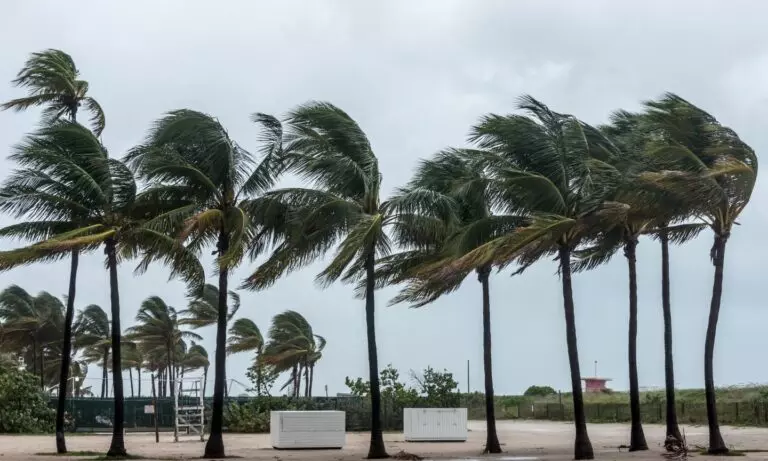The east coast of Florida was hit by Hurricane Nicole on Thursday morning. This tropical cyclone is just six weeks after Hurricane Ian destroyed Florida. It leaves residents and insurance companies in Florida with little time to recover from the second natural disaster.
Nicole, a Category 1 Hurricane, brought 75 mph winds and storm surge to Florida when it arrived. According to the National Weather Service, the storm is expected to hit areas as far north and Maine this weekend.
Florida is still recovering from Hurricane Ian, a Category 4-hurricane that battered the state’s Gulf Coast coast on Sept. 28. Although the impact of Hurricane Ian is still being evaluated, it was quickly labelled one of the most costly storms Florida has ever experienced, according to the National Oceanic and Atmospheric Administration’s National Centers for Environmental Information.
RMS, an analytics company that performs disaster risk management, estimates Hurricane Ian caused damage of between $53 billion to $74 billion to private property in Florida, Georgia Georgia, North Carolina North Carolina, South Carolina, and Virginia. RMS also estimated that another $10 billion would be covered by the National Flood Insurance Program.
According to FEMA’s Nov. 7 news release, more than $2B in disaster loans, grants and flood insurance payments have been made to assist in the recovery efforts following Hurricane Ian.
The impact of Florida’s troubled market for home insurance
The Insurance Information Institute reported that Florida’s homeowners insurance market was already in crisis at the time Ian hit. Floridians paid three times the national average for home insurance, compared to the national average. Six state insurers were declared bankrupt this year, rendering them unable pay claims.
Insurance industry experts are concerned that neither Floridians nor insurers were prepared for Hurricane Ian’s catastrophic losses. This is the fourth hurricane to hit land so late in the season (which lasts from June to November each year). According to NOAA, the majority of storms that hit land occur between August and October.
It is likely that two storms in rapid succession will strain all aspects of the recovery.
Mark Friedlander is a Florida-based director for corporate communications at the Insurance Information Institute. He says that insurance companies may not be able to cover the damage caused by another storm.
Friedlander states that “we anticipate this will be the worst-case scenario in Florida’s already-reeling insurance market.” While it seems that insurers have the ability to pay Hurricane Ian claims, it is not clear if they can pay claims from other hurricanes span>
What should Florida residents do after Hurricane Nicole?
Expect a slow process when filing insurance claims. Everything will be affected by shortages in staffing, including the assessment of property damage and repair and replacement. The national car market is in a crisis since before Hurricane Ian hit Florida. This could make it difficult for vehicles to be replaced quickly.
Friedlander stated in an email that only 20% of Hurricane Ian claims have been paid.
Storm damage victims should still file claims immediately.
Homeowners may rush to repair damage after a claim has been filed. But it can be beneficial long-term to consider materials and design improvements that could improve the home’s ability to withstand future storms. Mark Misczak is senior vice president and chief operational officer at Tidal Basin.
Misczak states that there are some things that are simpler to do in the construction phase.
Now is the time to review hurricane coverage , including flood insurance for those who were not affected by recent storms.
Friedlander states that Florida is susceptible to all kinds of storms throughout the year, not just hurricanes. You can have any number of disasters .”
